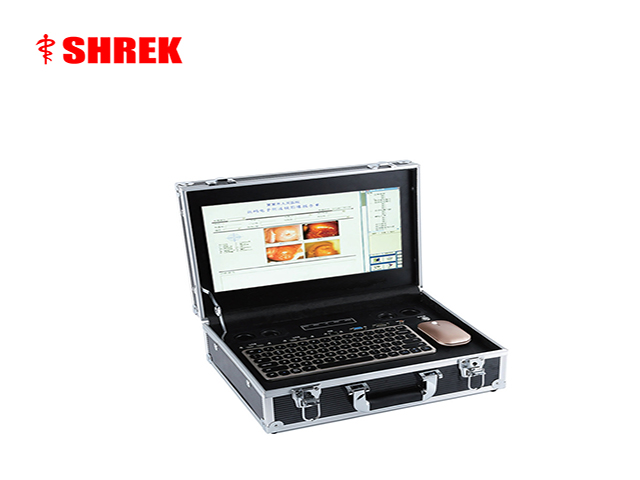ent endoscope camera: take you to understand the application of pet ent endoscope
Speaking of ENT endoscopes, most people think of hospital otolaryngology, which examines and treats human ears, nose, throat and other parts. Do you know about pet ENT endoscopes? What are the applications of pet ENT endoscopes? The following editor will explore the ear, nose and throat endoscope in the pet world with everyone.
With the continuous development of medical technology, more and more pet hospitals are involved in endoscopy. The more common one is ear, nose and throat endoscopy, which is mainly for pet ear, nose, and throat examinations, which can be visually observed. What are the specific applications for the cleaning, inflammation, foreign body, and pathological conditions of the ear, nose, and throat or other cavity?
Application of pet ENT endoscopy: Animal ENT endoscopy is used in dogs, cats, horses, cattle, marine animals, etc.: inspection and diagnosis of oral, ear, nose, throat, and animal digestive system diseases.
1. Ear endoscopy: The incidence of external ear diseases in dogs is very high. The features of the accessibility of the external ear of the endoscope can be used for convenient inspection. At the same time, it can also be used to treat ear diseases, such as: flushing the ear canal, suction and Removal of foreign bodies and incision of the tympanic membrane, etc.
2. Nasal endoscopy: The nose can be used to diagnose various diseases of dogs and cats: such as runny nose, nosebleeds, chronic sneezing, suspected foreign body and obvious pathological changes visible by X-ray, etc., generally divided into hard lens or fiber The soft lens and the multi-purpose hard lens can provide the best optical image. The hard lens is used for biopsy and foreign body removal. It also has a working channel and has the function of flushing or aspirating. The flexible soft lens can be used for posterior nasal examination (the soft lens is inserted into the nasopharynx through the oral cavity to see the posterior nasal cavity);
3. Laryngoscope: used for larynx inspection and tracheal intubation of medium or large animals;

